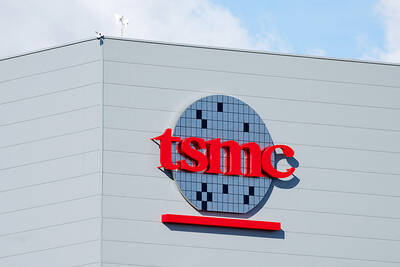All is not well on Britain’s high streets.
Bellwether Next last week lowered its sales forecasts for the second time this year and warned that this might not just be down to recent cold weather — there could be a broader consumer slowdown going on, too.
Store chains BHS and Austin Reed have gone into administration.
However, the picture of the consumer is puzzling. It appears Britons are snapping up Rolexes and Range Rovers, but are shopping at discount supermarkets and are prepared to wear last year’s fashions. That is a problem for store groups and investors alike. Turning traditional spending patterns on their head makes it harder to judge where the British consumer’s headed next.
Britons have regained spending power over the past year or so as wage growth picked up and inflation cooled.
However, spending has not been spread evenly. Though demand for Swiss watches has slumped in Hong Kong and China, the British can not get enough of them. Swiss watch exports to the UK were up 25.8 percent in December last year. Overseas travelers might be playing a part, but one jewelry retailer said Rolex sales have gone through the roof both in and out of London.
Luxury cars are another recent favorite. A 2 percent increase in registrations across all manufacturers last month belies a 19.8 jump in registrations of new Mercedes and a doubling of Jaguar sales.
Yet, Britons are happy to scrimp in other ways. They have flocked to the German no-frills supermarkets Aldi and Lidl over the past few years. Although their sales growth has started to slow — perhaps the result of the traditional supermarkets engaging in a vicious price war — a raft of new stores suggests they are still continuing to win customers.
Another area where Britons seem more careful is clothing. UK high streets suffered their sharpest drop in sales since the depths of the 2008-2009 financial crisis, according to BDO, which tracks the sales of medium-sized retailers, with a combined 10,000 stores. Fashion sales last month dropped 9.2 percent, the biggest decline since February 2009.
However, the larger point is that consumer-facing businesses have had a good run. From EasyJet to Costa Coffee-owner Whitbread PLC, companies have benefited from the economic recovery and stronger spending power.
The question now is whether even the stronger parts of the consumer economy might be coming off the boil — new car registrations cooled last month, as did Swiss watch imports in March. It should become clearer once the referendum on EU membership has passed.

Taiwan Semiconductor Manufacturing Co (TSMC, 台積電) secured a record 70.2 percent share of the global foundry business in the second quarter, up from 67.6 percent the previous quarter, and continued widening its lead over second-placed Samsung Electronics Co, TrendForce Corp (集邦科技) said on Monday. TSMC posted US$30.24 billion in sales in the April-to-June period, up 18.5 percent from the previous quarter, driven by major smartphone customers entering their ramp-up cycle and robust demand for artificial intelligence chips, laptops and PCs, which boosted wafer shipments and average selling prices, TrendForce said in a report. Samsung’s sales also grew in the second quarter, up

LIMITED IMPACT: Investor confidence was likely sustained by its relatively small exposure to the Chinese market, as only less advanced chips are made in Nanjing Taiwan Semiconductor Manufacturing Co (TSMC, 台積電) saw its stock price close steady yesterday in a sign that the loss of the validated end user (VEU) status for its Nanjing, China, fab should have a mild impact on the world’s biggest contract chipmaker financially and technologically. Media reports about the waiver loss sent TSMC down 1.29 percent during the early trading session yesterday, but the stock soon regained strength and ended at NT$1,160, unchanged from Tuesday. Investors’ confidence in TSMC was likely built on its relatively small exposure to the Chinese market, as Chinese customers contributed about 9 percent to TSMC’s revenue last

With this year’s Semicon Taiwan trade show set to kick off on Wednesday, market attention has turned to the mass production of advanced packaging technologies and capacity expansion in Taiwan and the US. With traditional scaling reaching physical limits, heterogeneous integration and packaging technologies have emerged as key solutions. Surging demand for artificial intelligence (AI), high-performance computing (HPC) and high-bandwidth memory (HBM) chips has put technologies such as chip-on-wafer-on-substrate (CoWoS), integrated fan-out (InFO), system on integrated chips (SoIC), 3D IC and fan-out panel-level packaging (FOPLP) at the center of semiconductor innovation, making them a major focus at this year’s trade show, according

DEBUT: The trade show is to feature 17 national pavilions, a new high for the event, including from Canada, Costa Rica, Lithuania, Sweden and Vietnam for the first time The Semicon Taiwan trade show, which opens on Wednesday, is expected to see a new high in the number of exhibitors and visitors from around the world, said its organizer, SEMI, which has described the annual event as the “Olympics of the semiconductor industry.” SEMI, which represents companies in the electronics manufacturing and design supply chain, and touts the annual exhibition as the most influential semiconductor trade show in the world, said more than 1,200 enterprises from 56 countries are to showcase their innovations across more than 4,100 booths, and that the event could attract 100,000 visitors. This year’s event features 17